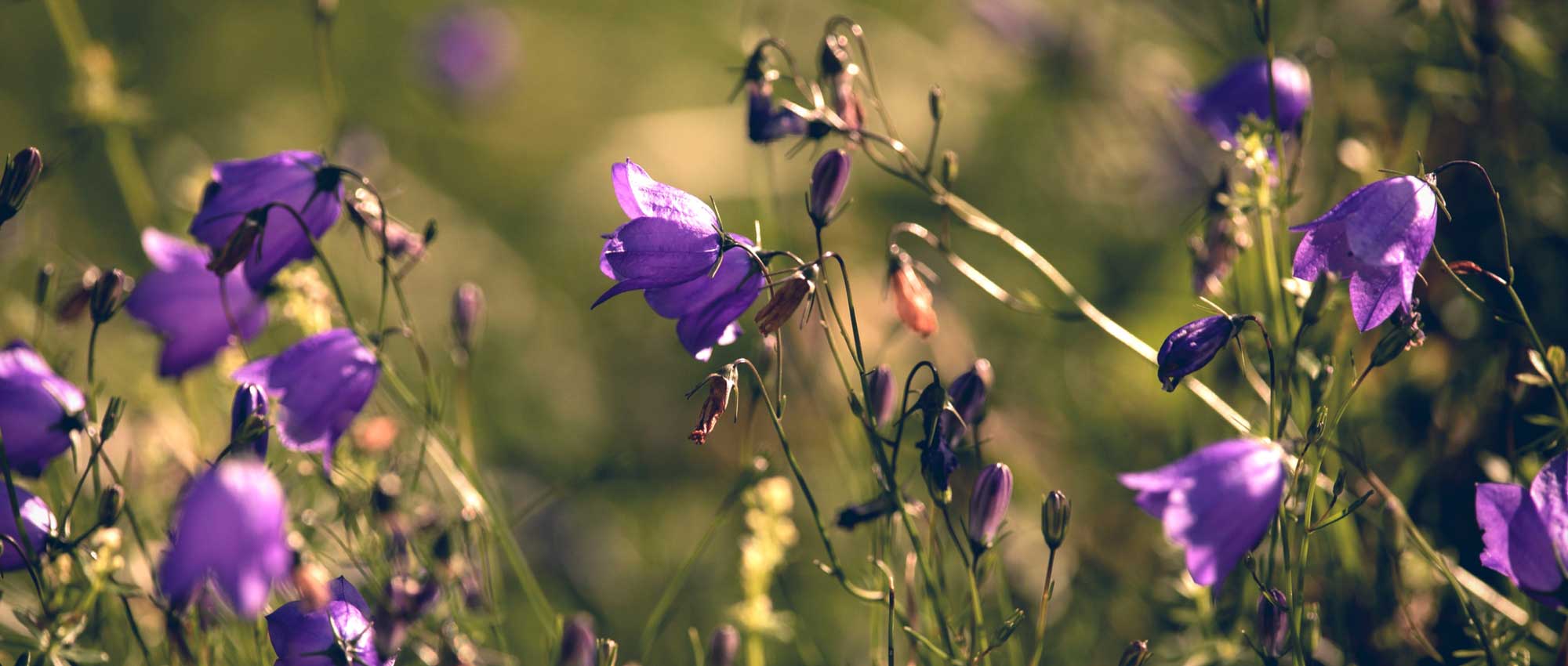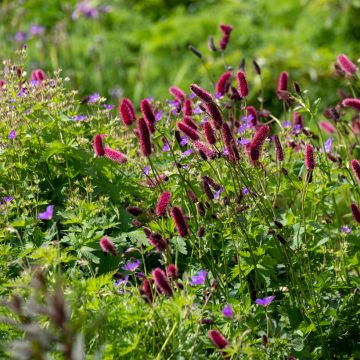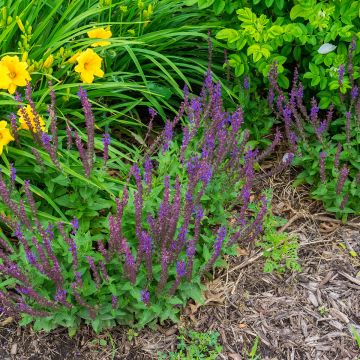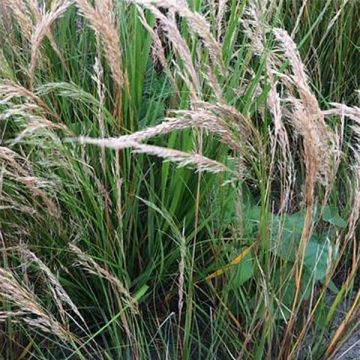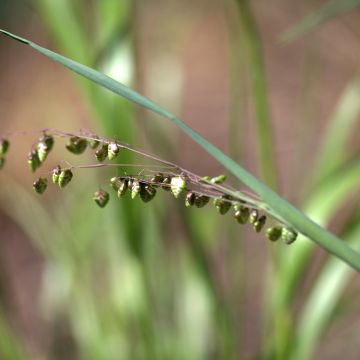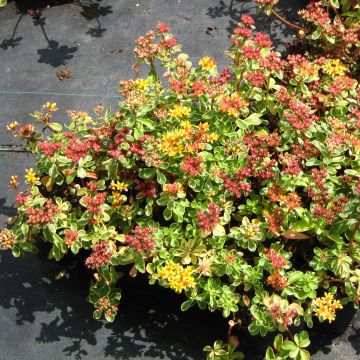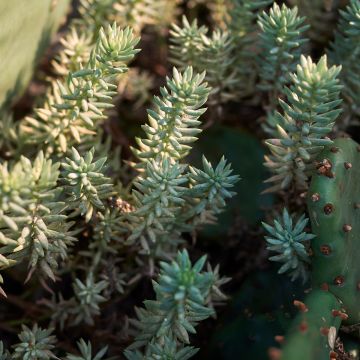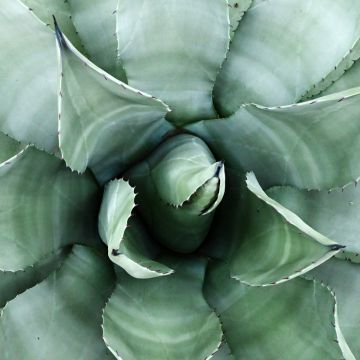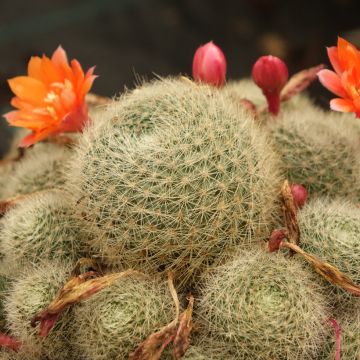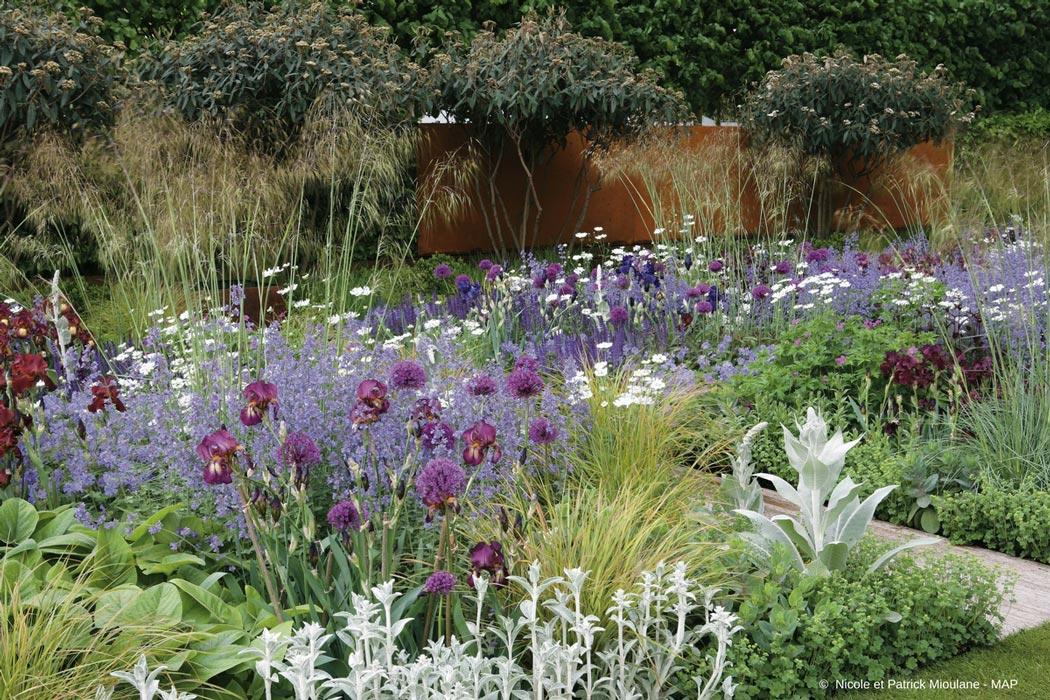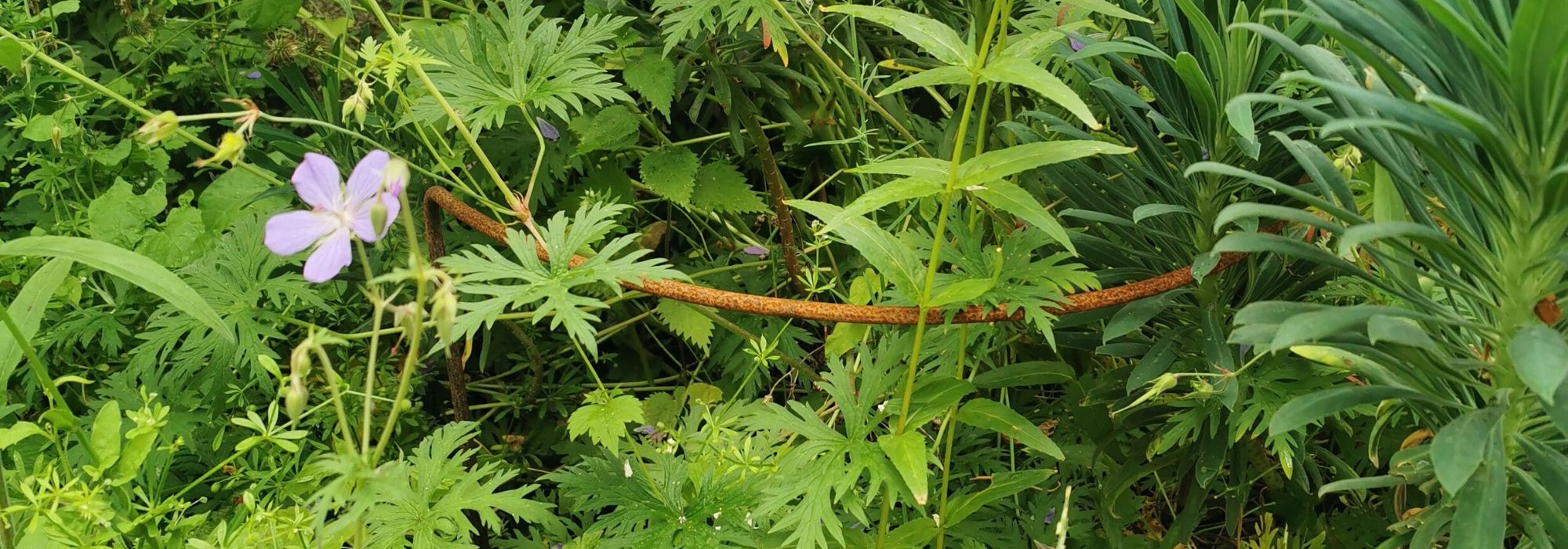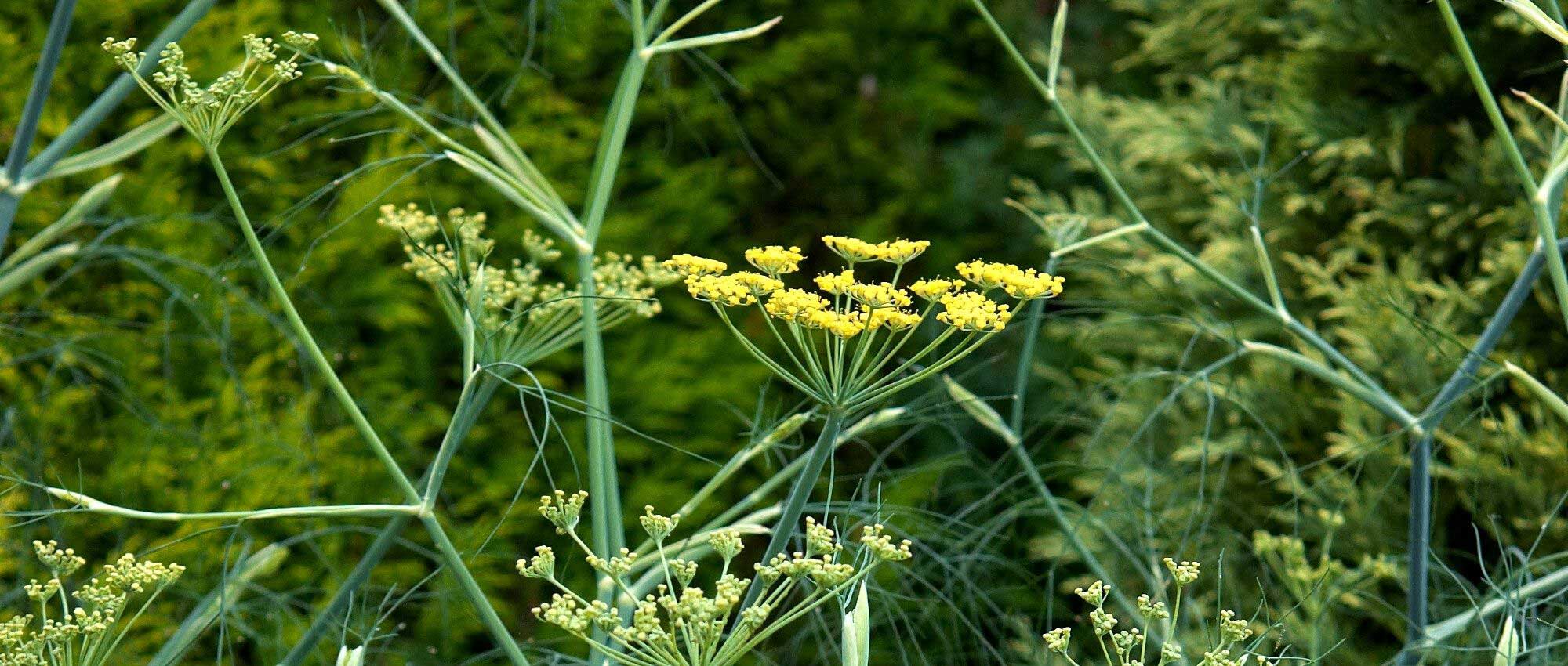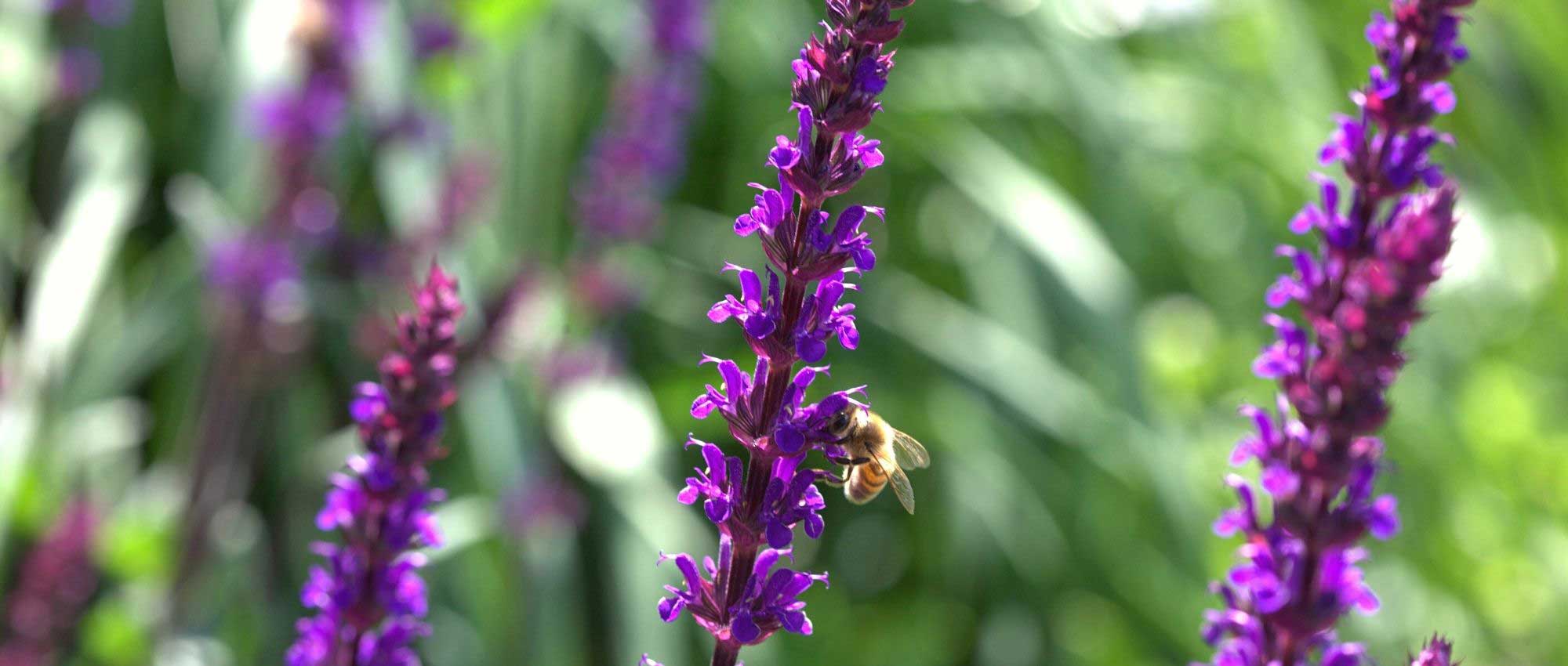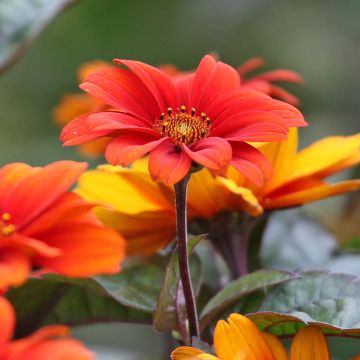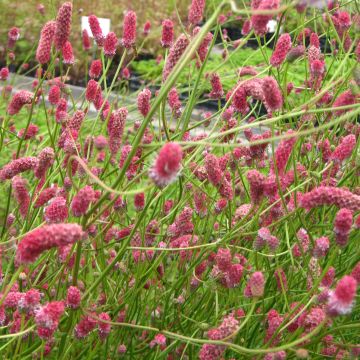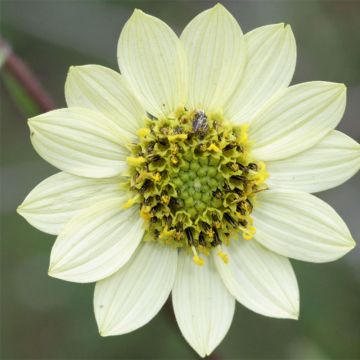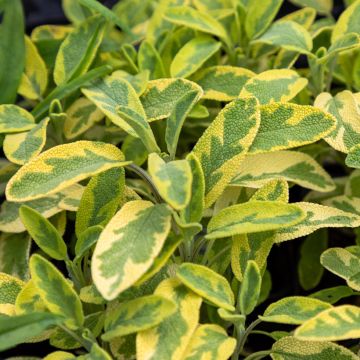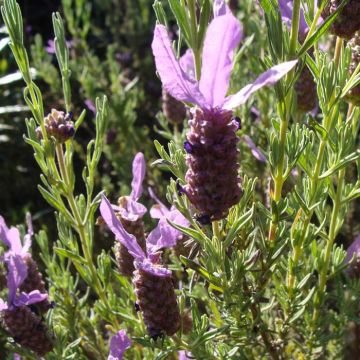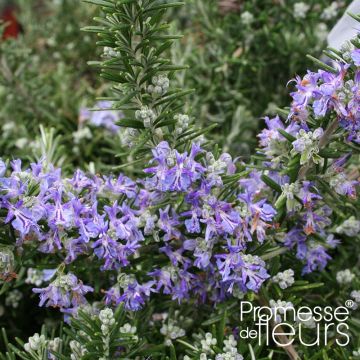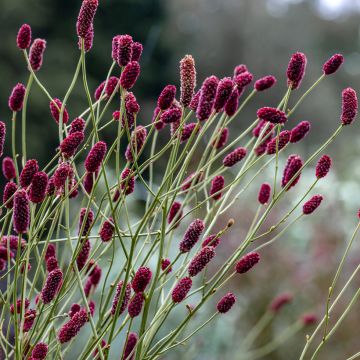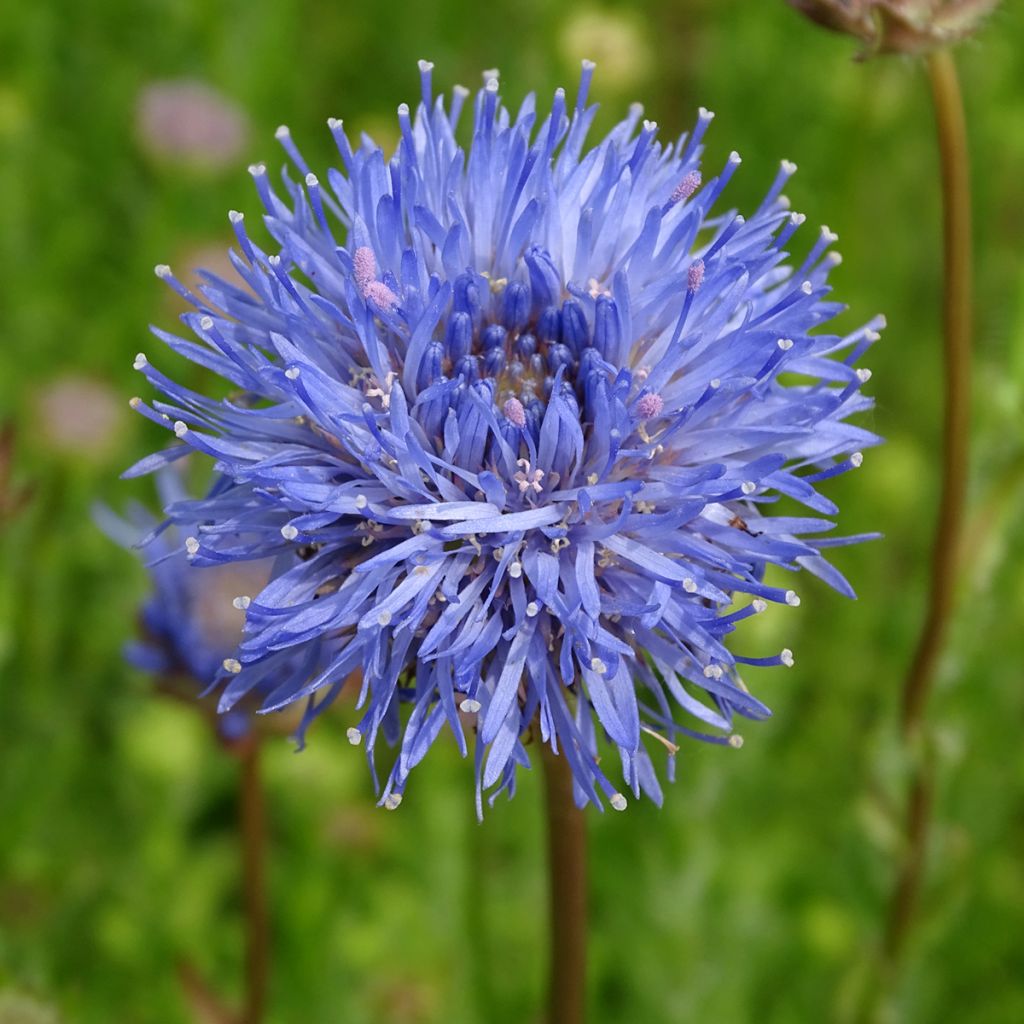

Jasione laevis Blaulicht
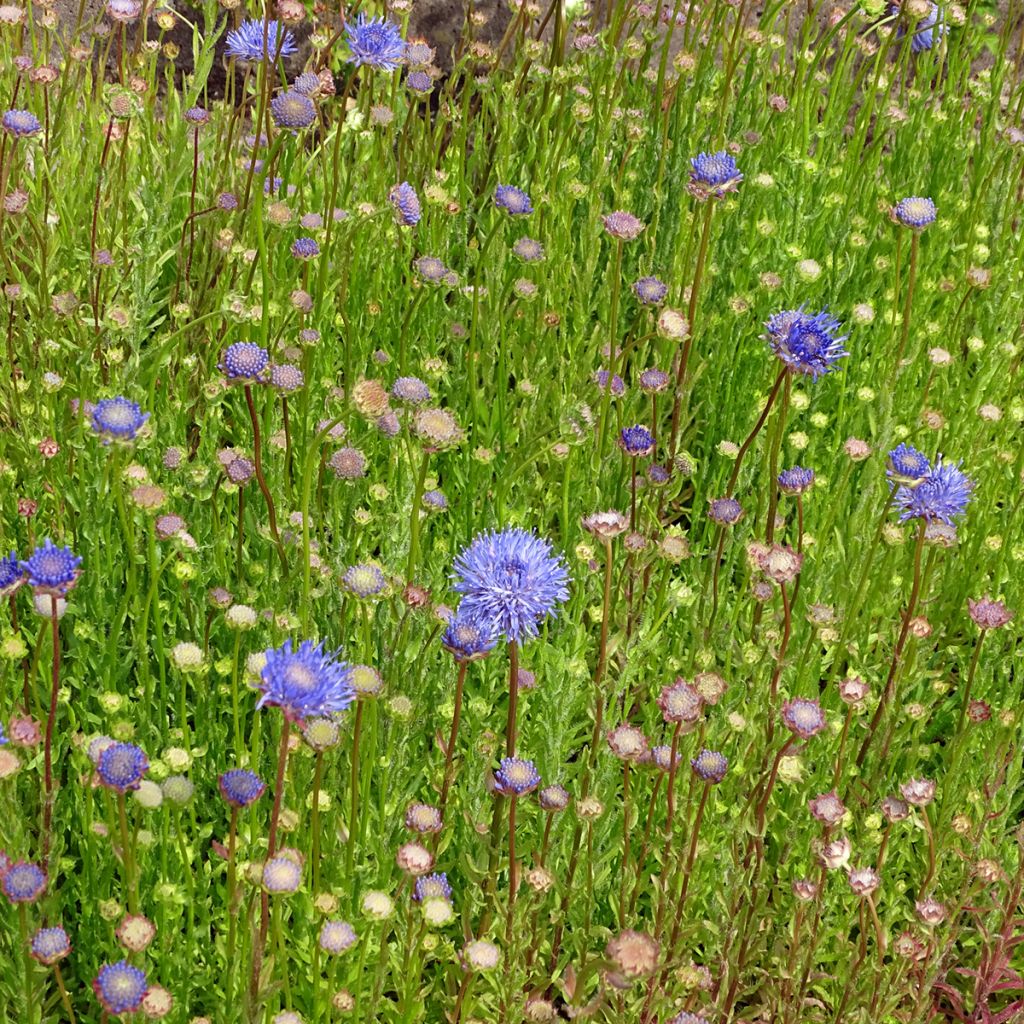

Jasione laevis Blaulicht
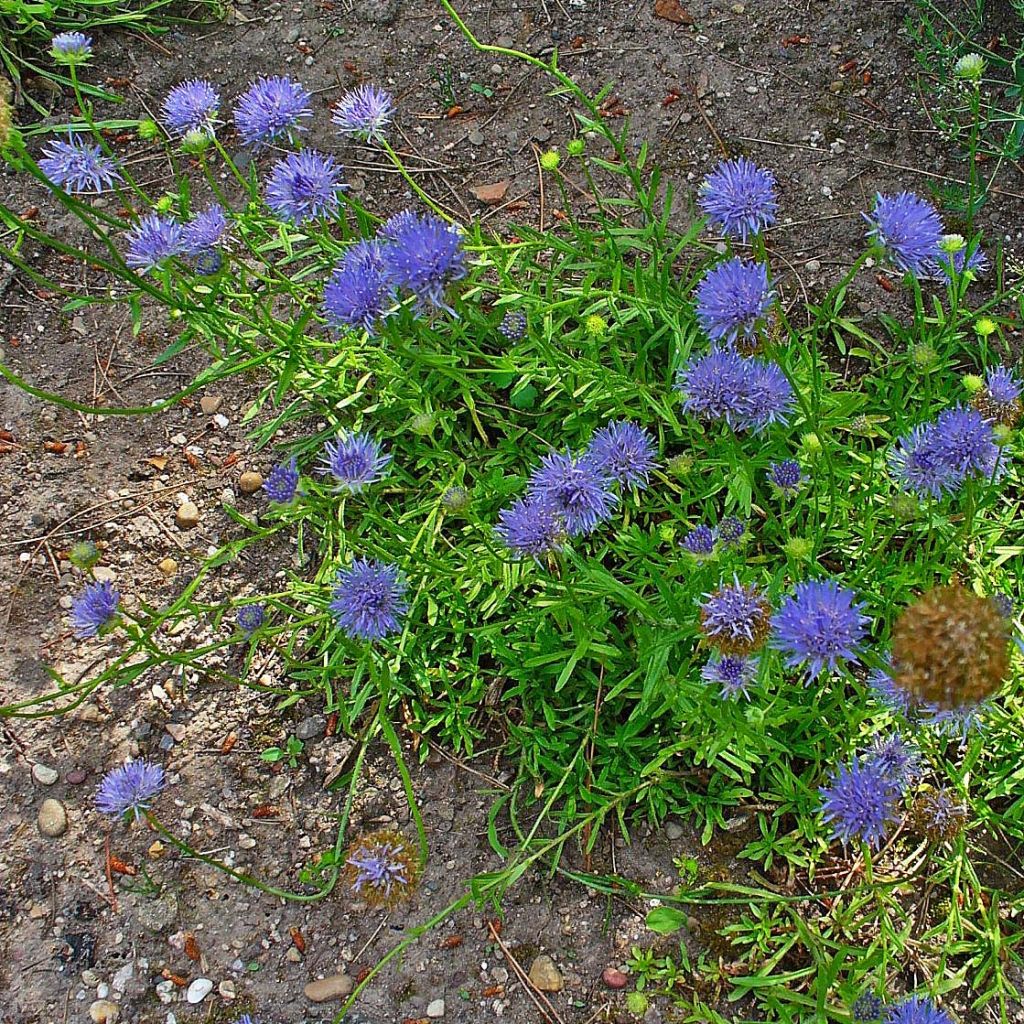

Jasione laevis Blaulicht
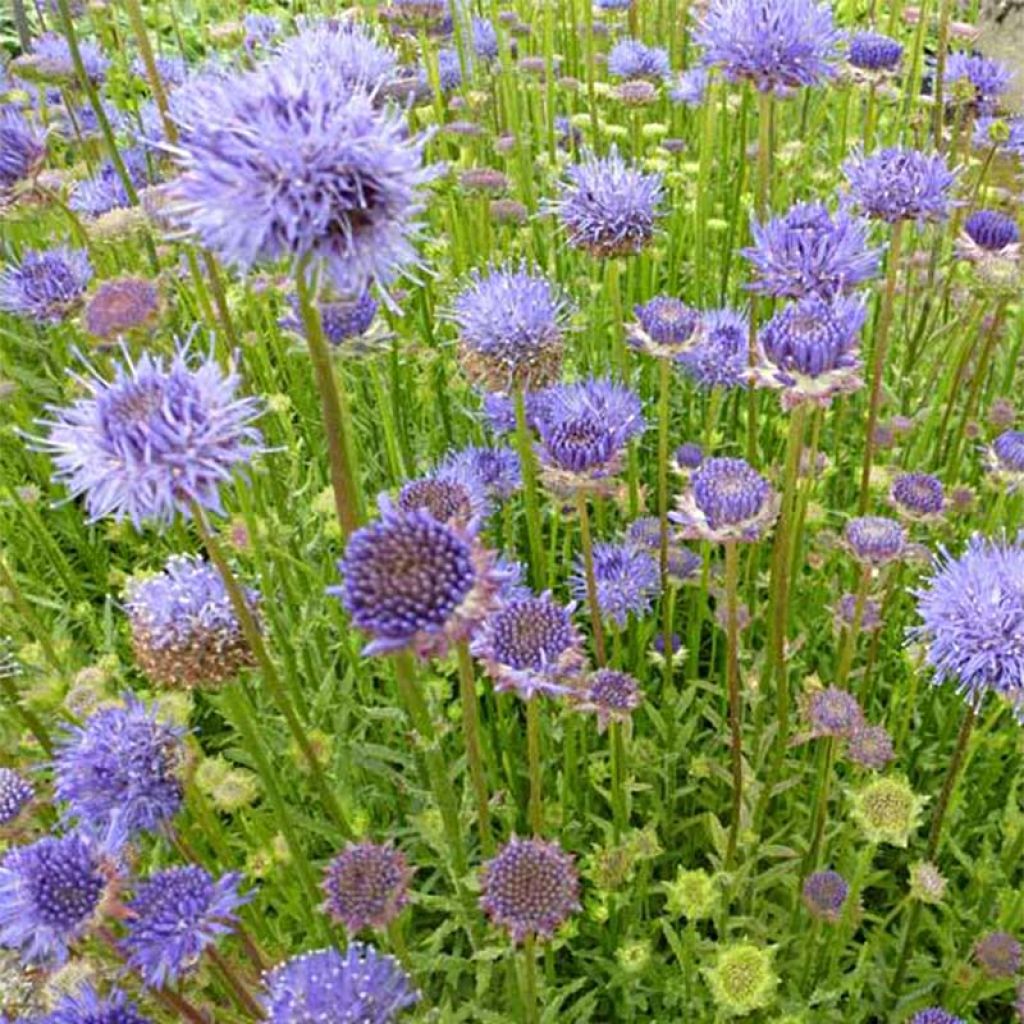

Jasione laevis Blaulicht
Jasione laevis Blaulicht
Jasione laevis Blaulicht
Sheep's bit Scabious
I was told on the phone to wait until spring, but my jasiones have indeed withered, very quickly. Today, there is no sign left. I will contact customer service to see what can be done.
Emmanuelle B., 16/04/2020
Special offer!
Receive a €20 voucher for any order over €90 (excluding delivery costs, credit notes, and plastic-free options)!
1- Add your favorite plants to your cart.
2- Once you have reached €90, confirm your order (you can even choose the delivery date!).
3- As soon as your order is shipped, you will receive an email containing your voucher code, valid for 3 months (90 days).
Your voucher is unique and can only be used once, for any order with a minimum value of €20, excluding delivery costs.
Can be combined with other current offers, non-divisible and non-refundable.
Home or relay delivery (depending on size and destination)
Schedule delivery date,
and select date in basket
This plant carries a 12 months recovery warranty
More information
We guarantee the quality of our plants for a full growing cycle, and will replace at our expense any plant that fails to recover under normal climatic and planting conditions.
Does this plant fit my garden?
Set up your Plantfit profile →
Description
Jasione laevis 'Blaulicht' is a new variety of perennial jasione with bright light blue flowers, which are particularly vibrant. This small plant produces balls of sky-blue flowers in summer, at the top of thin stems. These blooms are popular with butterflies and pollinating insects. It thrives without care in well-drained soils, easily self-seeds, and spreads through stolons in sunny borders and rockeries. Rarely used in our gardens, this cousin of campanulas is ideal for low-maintenance gardens. It can also be grown in pots. Its flowers are stunning in dried or fresh bouquets.
Jasione laevis, also called smooth jasione or perennial jasione, belongs to the Campanulaceae family. There are approximately 20 species in this genus, but this small jasione is the most commonly marketed one. It is native to dry meadows and rocky areas in western and southern Europe. It prefers non-calcareous, well-drained soils that are not too arid.
The 'Blaulicht' cultivar distinguishes itself with increased vigour, larger flowers, and a lighter blue colour. It is a low-growing plant, reaching approximately 30cm (12in) in height when flowering, with a similar spread. It spreads over time through stolons. Its basal rosettes of leaves spread indefinitely through roots that run in the soil. Flowering takes place from June to August, depending on the climate, for less than a month. Thin, very rigid stems emerge from the rosettes, about 30cm (12in) above the ground, bearing an inflorescence in a head shape. Each head is slightly flattened and globular in shape, and measures approximately 3 to 4cm (1 to 2in) in diameter. This inflorescence is composed of numerous tiny flowers with 5 narrow petals of a light and intense blue colour, which release prominent pistils and stamens. The flowers are attractive to bees and nectar-seeking insects. The flowers give way to fruits in capsules with two chambers. The very fine seeds are dispersed by the wind. They germinate in the following spring in light soils. The deciduous foliage consists of small, narrow, ovate to lanceolate, villous, grey-green leaves.
Jasione Blaulicht is a mountainous perennial that is easy to grow. It does not appreciate climates that are too hot or excessively dry in summer. It is primarily a rock plant, suitable for gravel gardens and sunny borders, just like aubrietas, Californian poppies, and Carpathian bellflowers, with which it forms beautiful polychromatic displays. It quickly fills pockets of soil in old walls and rock walls. The perennial jasione suits a wild garden perfectly. It adapts very well to cultivation in troughs or pots, in light and perfectly well-drained substrate. Create charming country bouquets with scabious, centaureas, and summer daisies, for example.
Jasione laevis Blaulicht in pictures
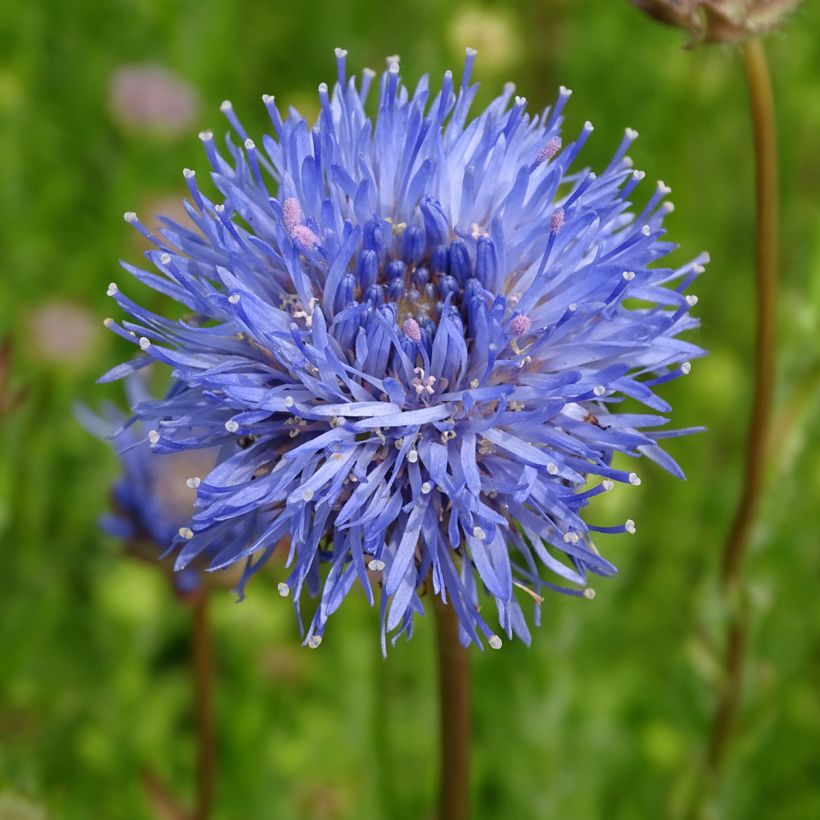

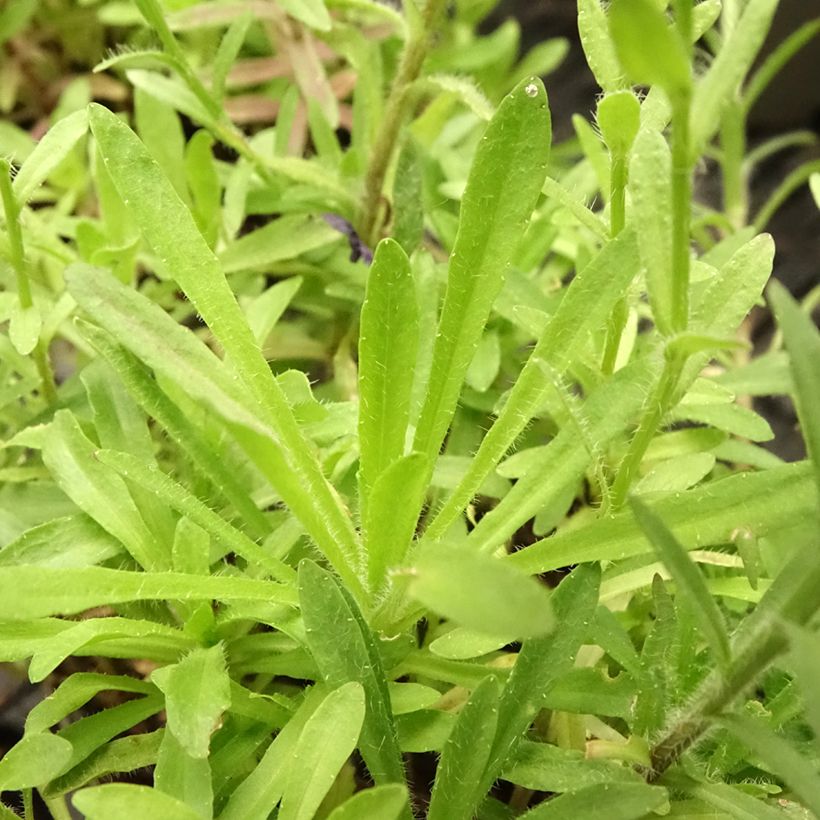

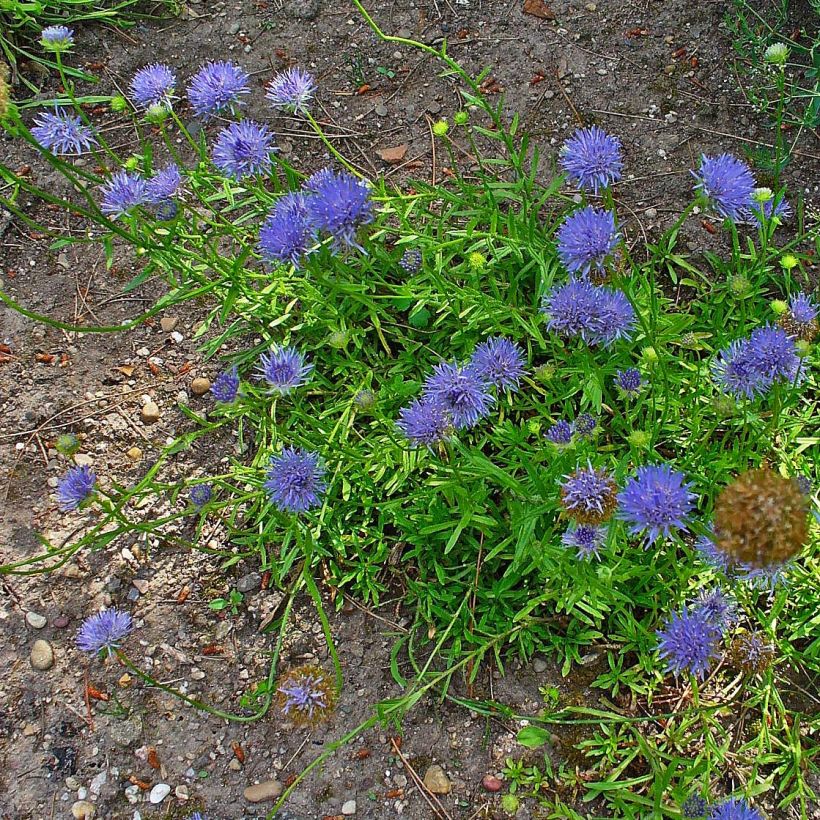

Flowering
Foliage
Plant habit
Botanical data
Jasione
laevis
Blaulicht
Campanulaceae
Sheep's bit Scabious
Cultivar or hybrid
Other Perennials A to Z
View all →Planting and care
It appreciates well-drained, light, preferably non-calcareous soils. It fears stagnant humidity that causes its roots to rot. This plant is not very water-demanding once established. Plant it in the sun. However, it does not appreciate climates that are too hot or summers that are too arid. Its hardiness is excellent, beyond -20°C (-4°F).
Beware of attacks from gastropods in spring. They can destroy a young plant that is not yet well established. Use non-toxic baits. Alternatively, adopt toads, which are also fond of slugs and snails!
Planting period
Intended location
Care
Planting & care advice
-
, onOrder confirmed
Reply from on Promesse de fleurs
Similar products
Haven't found what you were looking for?
Hardiness is the lowest winter temperature a plant can endure without suffering serious damage or even dying. However, hardiness is affected by location (a sheltered area, such as a patio), protection (winter cover) and soil type (hardiness is improved by well-drained soil).

Photo Sharing Terms & Conditions
In order to encourage gardeners to interact and share their experiences, Promesse de fleurs offers various media enabling content to be uploaded onto its Site - in particular via the ‘Photo sharing’ module.
The User agrees to refrain from:
- Posting any content that is illegal, prejudicial, insulting, racist, inciteful to hatred, revisionist, contrary to public decency, that infringes on privacy or on the privacy rights of third parties, in particular the publicity rights of persons and goods, intellectual property rights, or the right to privacy.
- Submitting content on behalf of a third party;
- Impersonate the identity of a third party and/or publish any personal information about a third party;
In general, the User undertakes to refrain from any unethical behaviour.
All Content (in particular text, comments, files, images, photos, videos, creative works, etc.), which may be subject to property or intellectual property rights, image or other private rights, shall remain the property of the User, subject to the limited rights granted by the terms of the licence granted by Promesse de fleurs as stated below. Users are at liberty to publish or not to publish such Content on the Site, notably via the ‘Photo Sharing’ facility, and accept that this Content shall be made public and freely accessible, notably on the Internet.
Users further acknowledge, undertake to have ,and guarantee that they hold all necessary rights and permissions to publish such material on the Site, in particular with regard to the legislation in force pertaining to any privacy, property, intellectual property, image, or contractual rights, or rights of any other nature. By publishing such Content on the Site, Users acknowledge accepting full liability as publishers of the Content within the meaning of the law, and grant Promesse de fleurs, free of charge, an inclusive, worldwide licence for the said Content for the entire duration of its publication, including all reproduction, representation, up/downloading, displaying, performing, transmission, and storage rights.
Users also grant permission for their name to be linked to the Content and accept that this link may not always be made available.
By engaging in posting material, Users consent to their Content becoming automatically accessible on the Internet, in particular on other sites and/or blogs and/or web pages of the Promesse de fleurs site, including in particular social pages and the Promesse de fleurs catalogue.
Users may secure the removal of entrusted content free of charge by issuing a simple request via our contact form.
The flowering period indicated on our website applies to countries and regions located in USDA zone 8 (France, the United Kingdom, Ireland, the Netherlands, etc.)
It will vary according to where you live:
- In zones 9 to 10 (Italy, Spain, Greece, etc.), flowering will occur about 2 to 4 weeks earlier.
- In zones 6 to 7 (Germany, Poland, Slovenia, and lower mountainous regions), flowering will be delayed by 2 to 3 weeks.
- In zone 5 (Central Europe, Scandinavia), blooming will be delayed by 3 to 5 weeks.
In temperate climates, pruning of spring-flowering shrubs (forsythia, spireas, etc.) should be done just after flowering.
Pruning of summer-flowering shrubs (Indian Lilac, Perovskia, etc.) can be done in winter or spring.
In cold regions as well as with frost-sensitive plants, avoid pruning too early when severe frosts may still occur.
The planting period indicated on our website applies to countries and regions located in USDA zone 8 (France, United Kingdom, Ireland, Netherlands).
It will vary according to where you live:
- In Mediterranean zones (Marseille, Madrid, Milan, etc.), autumn and winter are the best planting periods.
- In continental zones (Strasbourg, Munich, Vienna, etc.), delay planting by 2 to 3 weeks in spring and bring it forward by 2 to 4 weeks in autumn.
- In mountainous regions (the Alps, Pyrenees, Carpathians, etc.), it is best to plant in late spring (May-June) or late summer (August-September).
The harvesting period indicated on our website applies to countries and regions in USDA zone 8 (France, England, Ireland, the Netherlands).
In colder areas (Scandinavia, Poland, Austria...) fruit and vegetable harvests are likely to be delayed by 3-4 weeks.
In warmer areas (Italy, Spain, Greece, etc.), harvesting will probably take place earlier, depending on weather conditions.
The sowing periods indicated on our website apply to countries and regions within USDA Zone 8 (France, UK, Ireland, Netherlands).
In colder areas (Scandinavia, Poland, Austria...), delay any outdoor sowing by 3-4 weeks, or sow under glass.
In warmer climes (Italy, Spain, Greece, etc.), bring outdoor sowing forward by a few weeks.






























